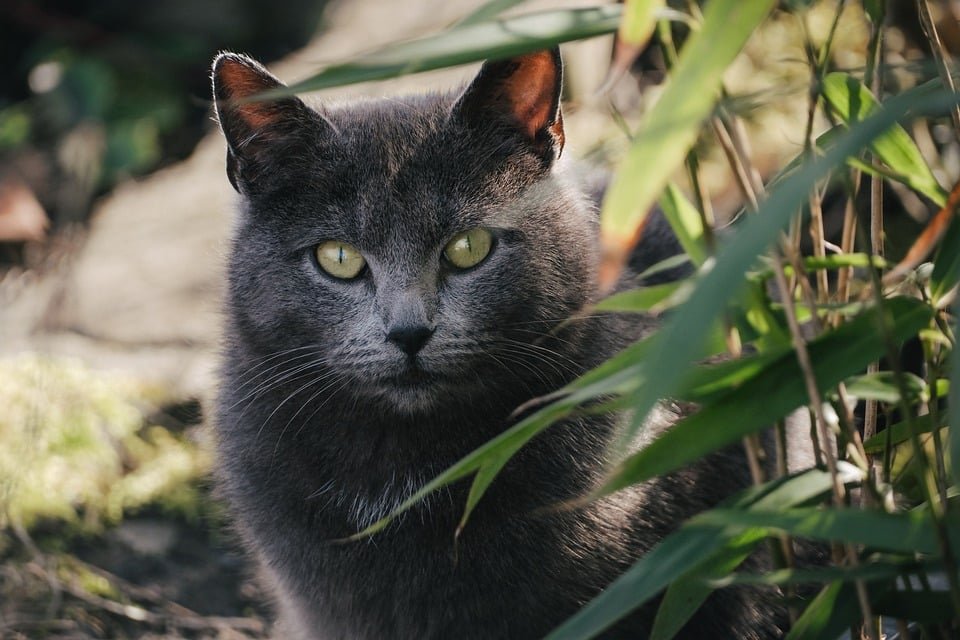
Transforming Feline Behavior: Mastering Counterconditioning Techniques
Introduction
Feline behavior can be complex and challenging to understand, especially when dealing with unwanted behaviors such as aggression, fear, or anxiety. As a cat owner or behaviorist, it is crucial to have a deep understanding of counterconditioning techniques to effectively address and transform these behaviors. In this article, we will explore the concept of counterconditioning, its importance in modifying feline behavior, and practical strategies to master these techniques.
Understanding Counterconditioning
Counterconditioning is a behavioral training technique that aims to change an animal’s response to a specific stimulus by pairing it with a positive experience. The goal is to replace negative or unwanted behaviors with more desirable ones through the process of classical conditioning. In the context of feline behavior, counterconditioning can be used to modify behaviors such as aggression towards other cats, fear of loud noises, or anxiety during vet visits.
The key principle of counterconditioning is to create positive associations with the trigger stimulus, which can help the cat to feel more relaxed and comfortable in its environment. By repeatedly pairing the trigger stimulus with a rewarding experience, the cat can learn to associate the stimulus with positive emotions and, in turn, exhibit more desirable behaviors.
Importance of Counterconditioning in Feline Behavior Modification
Counterconditioning is a powerful tool in transforming feline behavior for several reasons:
1. Addresses underlying emotional issues: Many unwanted behaviors in cats stem from fear, anxiety, or stress. Counterconditioning helps to address these underlying emotional issues by changing the cat’s emotional response to the trigger stimulus.
2. Builds trust and confidence: By creating positive associations with the trigger stimulus, counterconditioning can help to build trust and confidence in the cat. This can improve the cat’s overall well-being and strengthen the bond between the cat and its owner.
3. Prevents escalation of behavior problems: Counterconditioning can be an effective way to prevent the escalation of behavior problems in cats. By addressing the root cause of the behavior early on, cat owners can avoid more severe issues down the line.
4. Enhances learning and retention: Cats are intelligent animals that are capable of learning new behaviors through positive reinforcement. Counterconditioning can enhance the cat’s ability to learn and retain new behaviors, making it easier to modify unwanted behaviors in the long run.
Practical Strategies for Mastering Counterconditioning Techniques
Now that we have established the importance of counterconditioning in feline behavior modification, let’s explore some practical strategies to master these techniques:
1. Identify the trigger stimulus: The first step in counterconditioning is to identify the trigger stimulus that is causing the unwanted behavior in the cat. This could be a specific sound, object, person, or situation that elicits a negative response from the cat.
2. Create a positive association: Once the trigger stimulus has been identified, the next step is to create a positive association with the stimulus. This can be done by pairing the stimulus with a highly desirable reward, such as a favorite treat or toy.
3. Gradually expose the cat to the trigger stimulus: It is important to gradually expose the cat to the trigger stimulus in a controlled and positive manner. Start by presenting the stimulus at a distance or intensity that does not trigger a negative response from the cat, and gradually increase the exposure over time.
4. Use desensitization techniques: Desensitization involves exposing the cat to the trigger stimulus in a way that gradually reduces its fear or anxiety response. This can be done by gradually increasing the intensity or duration of exposure while providing positive reinforcement.
5. Be patient and consistent: Counterconditioning takes time and patience, so it is important to be consistent in your training efforts. Set aside regular training sessions with your cat and be prepared to work at the cat’s pace.
6. Seek professional help if needed: If you are struggling to master counterconditioning techniques or if the behavior issues are severe, consider seeking help from a professional cat behaviorist. They can provide expert guidance and support to help you effectively modify your cat’s behavior.
Conclusion
Mastering counterconditioning techniques is essential for transforming feline behavior and creating a harmonious relationship between cats and their owners. By understanding the principles of counterconditioning, identifying trigger stimuli, and implementing practical strategies, cat owners can effectively address and modify unwanted behaviors in their feline companions. Remember to be patient, consistent, and seek professional help if needed to ensure the success of your behavior modification efforts. With dedication and commitment, you can help your cat overcome its behavior issues and lead a happier, more fulfilling life.





